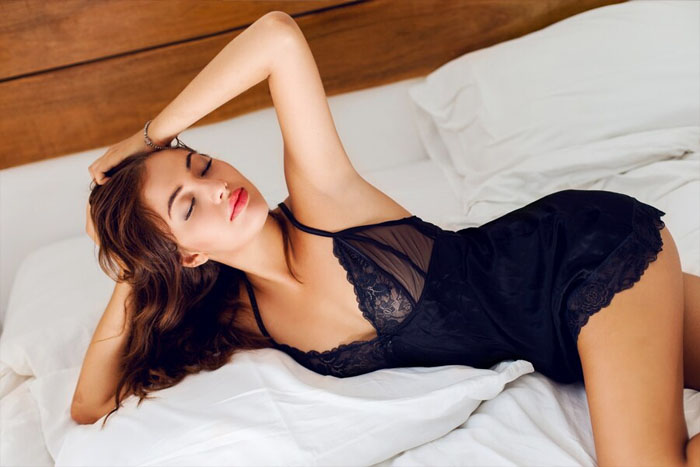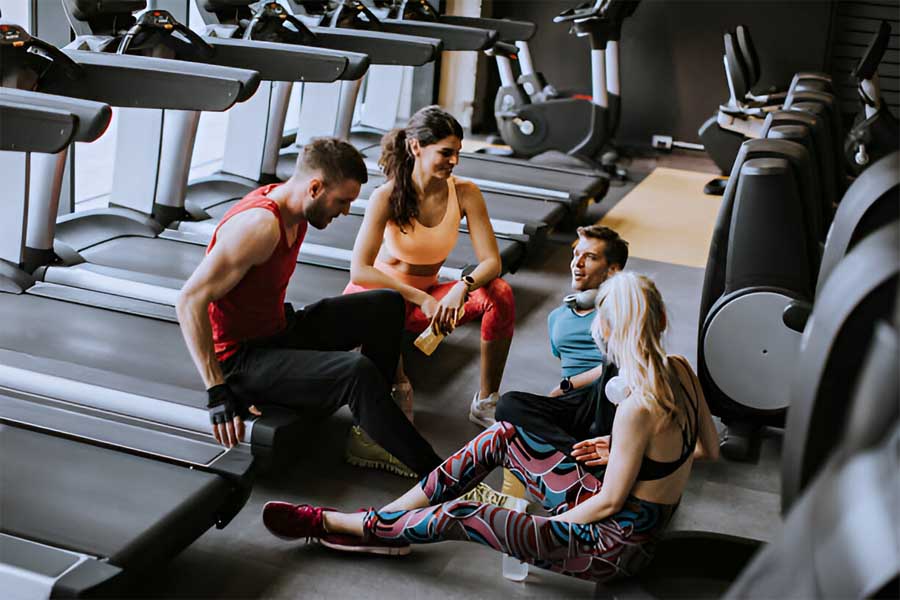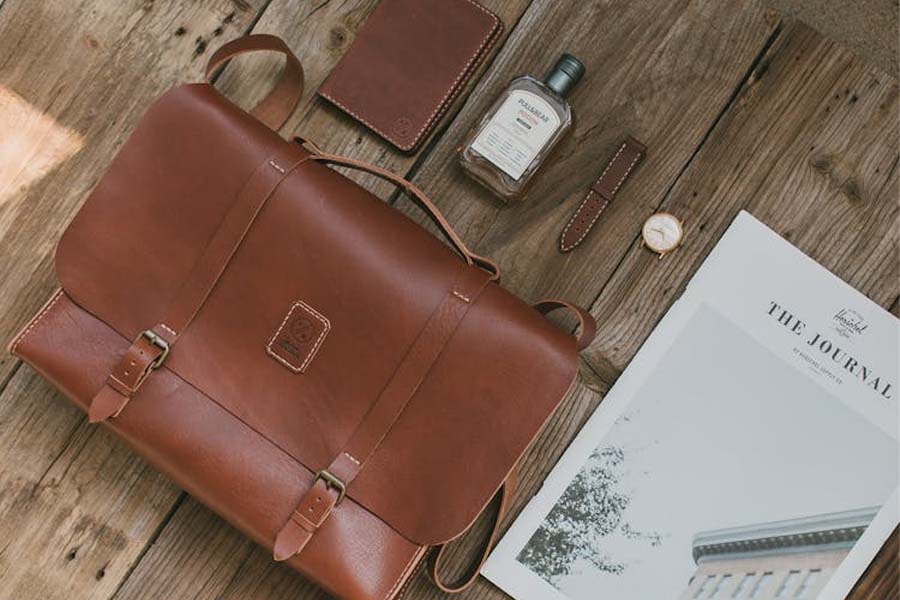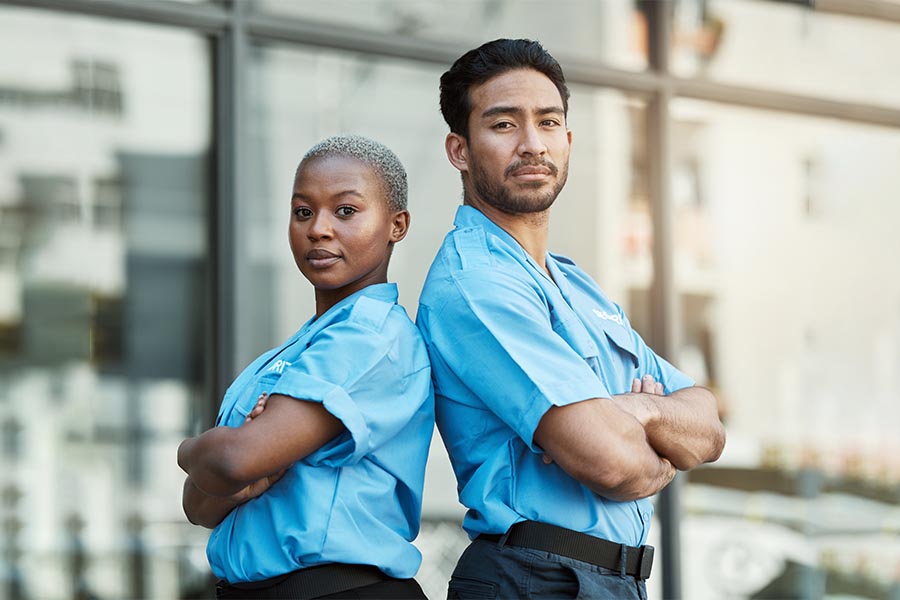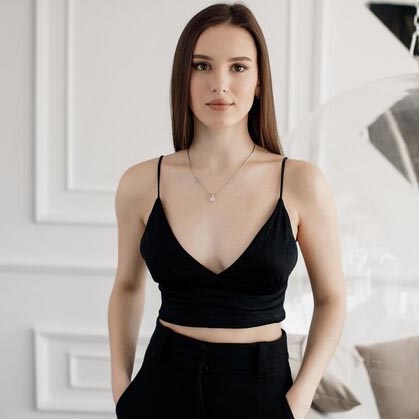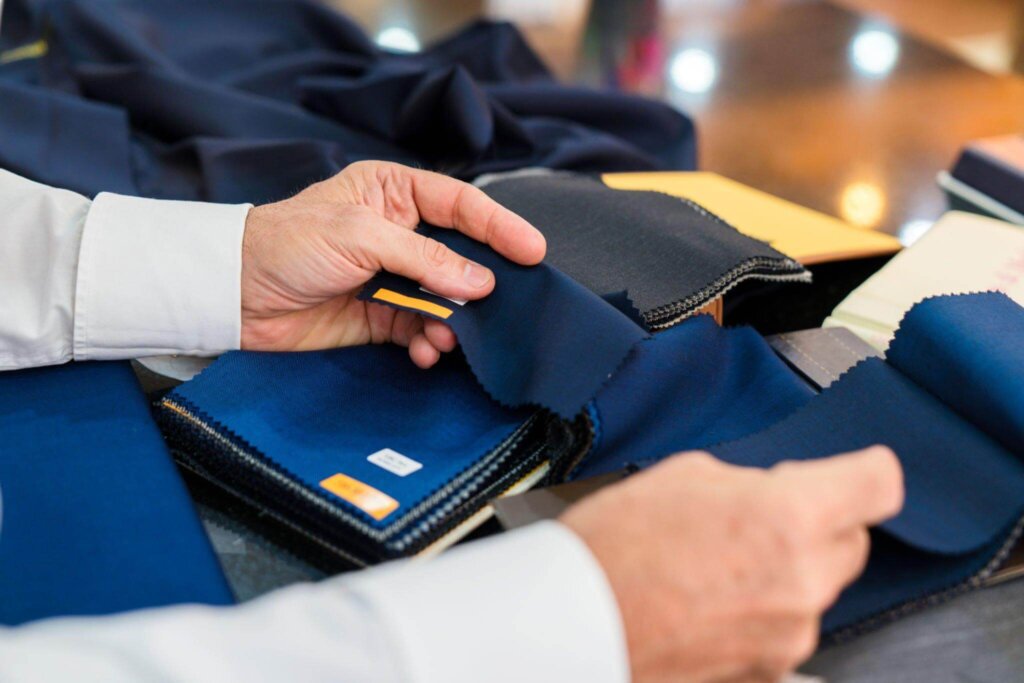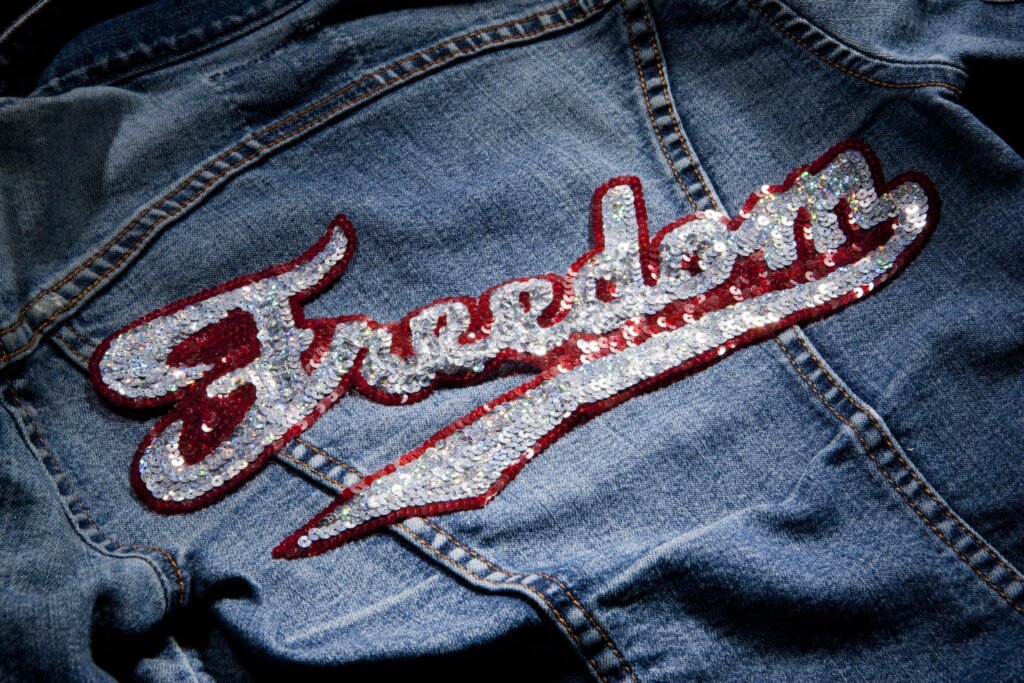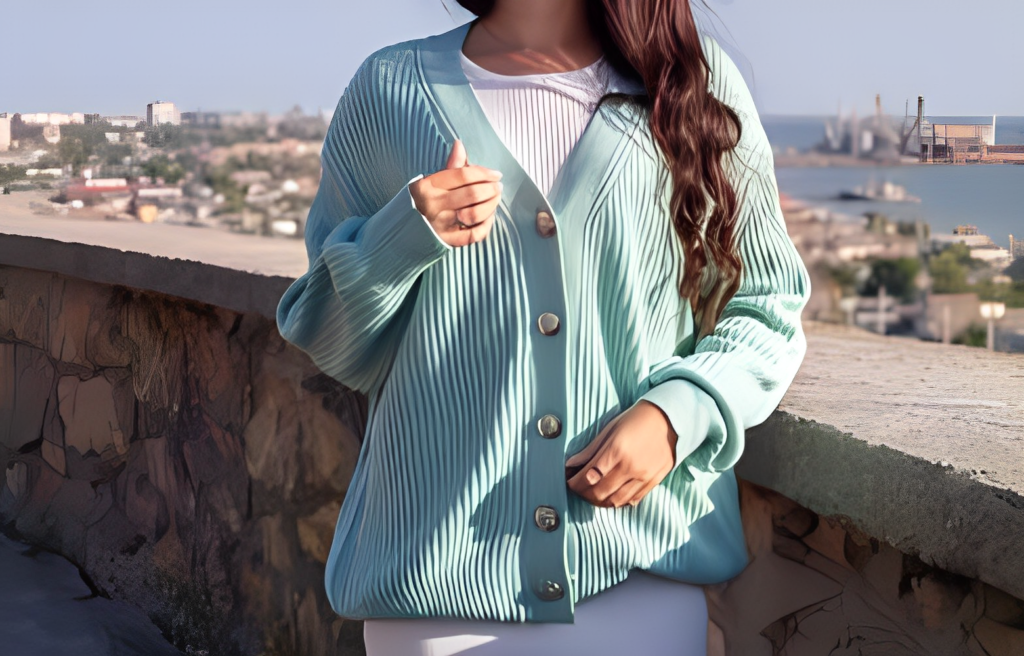Are you prepared to create a beneficial effect on the Earth while remaining fashionable? Sustainable packaging for clothing is the best choice! As a custom clothing manufacturer, you can drive the transformation by embracing options for sustainable packaging for clothing. Imagine your clients opening their packages, aware that they are contributing to a more sustainable future. From compostable mailers to recycled paper labels, there are numerous innovative and eco-friendly choices to consider. This blog will lead you through the best eco-friendly solutions that not only minimize waste but also enhance your brand’s reputation. Let’s explore and find out how you can adopt eco-friendly practices with sustainable clothing packaging!
Why Sustainable Clothes Packaging Matters for Clothing Manufacturers
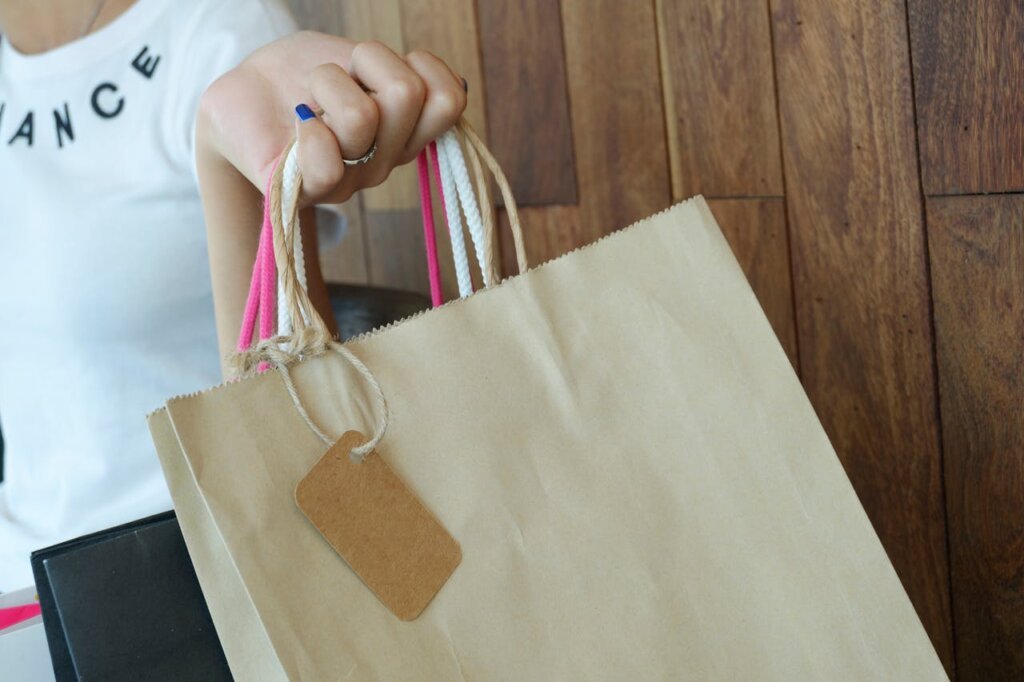
As a clothing producer, the transition to sustainable packaging for clothes is not merely an ethical selection—it’s essential for enterprise. Due to growing environmental problems, shifting patron preferences, and growing regulations, brands want to rethink their packaging techniques.
Clothing sustainable packaging decreases waste, lowers ecological effects, and boosts emblem trustworthiness. Here, we look at why sustainable packaging is crucial for clothing manufacturers.
Environmental Impact
Conventional clothing packaging, usually made from plastic, substantially contributes to global waste and pollution. Plastics designed for one-time use can take loads of years to break down, emitting toxic substances into the environment.
Moreover, the introduction of plastic packaging results in a sizable carbon footprint, exacerbating climate change. By opting for biodegradable or recyclable materials, clothing manufacturers can notably lessen their environmental footprint and support a greater sustainable delivery chain.
Consumer Demand
Modern purchasers are increasingly aware of environmental problems. They deliberately look for brands that suit their principles, preferring firms that make use of clothing packaging that is sustainable.
Research shows that a high-quality share of clients are organized to spend extra on merchandise with sustainable packaging. By utilizing sustainable packaging, apparel producers can address this rising call for, enhancing patron loyalty and boosting income.

Brand Reputation
Sustainability isn’t simply a fad—it serves as a sturdy branding asset. Businesses that focus on sustainable packaging reveal their dedication to environmental stewardship, thereby improving their emblem recognition.
Sustainable practices also can set a clothing manufacturer aside from opponents, setting up them as a frontrunner in an ethical and eco-friendly style. This subsequently aids in drawing in environmentally aware businesses and retail collaborators.
Regulatory Trends
Governments around the world are implementing stricter guidelines on packaging waste, as prohibitions on single-use plastics and obligatory recycling tasks are more and more customary. Failure to stick to these rules can also lead to penalties and harm to popularity.
By actively imposing sustainable packaging options, garb manufacturers can guarantee compliance, stay clear of prison issues, and protect their enterprises towards greater stringent environmental guidelines.
Key Features of Sustainable Packaging for Clothing
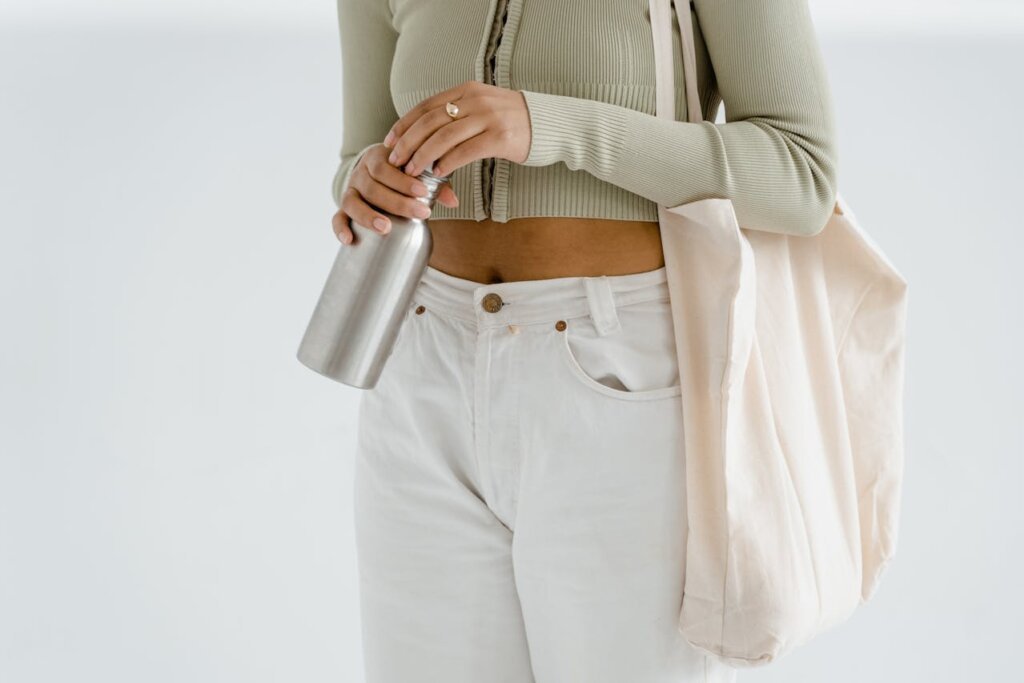
Sustainable packaging for clothes is more than simply utilizing eco-friendly materials; it represents a comprehensive strategy aimed at minimizing waste, decreasing carbon footprints, and encouraging responsible sourcing.
Embracing clothing brands with sustainable packaging involves making deliberate decisions that correspond with both ecological and commercial objectives. Here are the main characteristics that characterize sustainable packaging options in the clothing sector.
Biodegradability & Compostability
A highly efficient method to lessen environmental impact is through the use of biodegradable and compostable packaging. These substances decompose organically, resulting in no harmful remnants left.
Choices such as cornstarch mailers, seaweed wraps, and mushroom packaging break down in just weeks when placed in suitable conditions. By using these materials, apparel producers can greatly reduce plastic waste while providing consumers with an environmentally friendly unboxing experience.
Reusability & Recyclability
Sustainable packaging for clothing brands ought to no longer limit waste however additionally promotes reuse and recycling. Materials that may be recycled, along with kraft paper mailers, cardboard bins, and FSC-licensed paper labels, permit packaging to be reused rather than discarded in landfills.
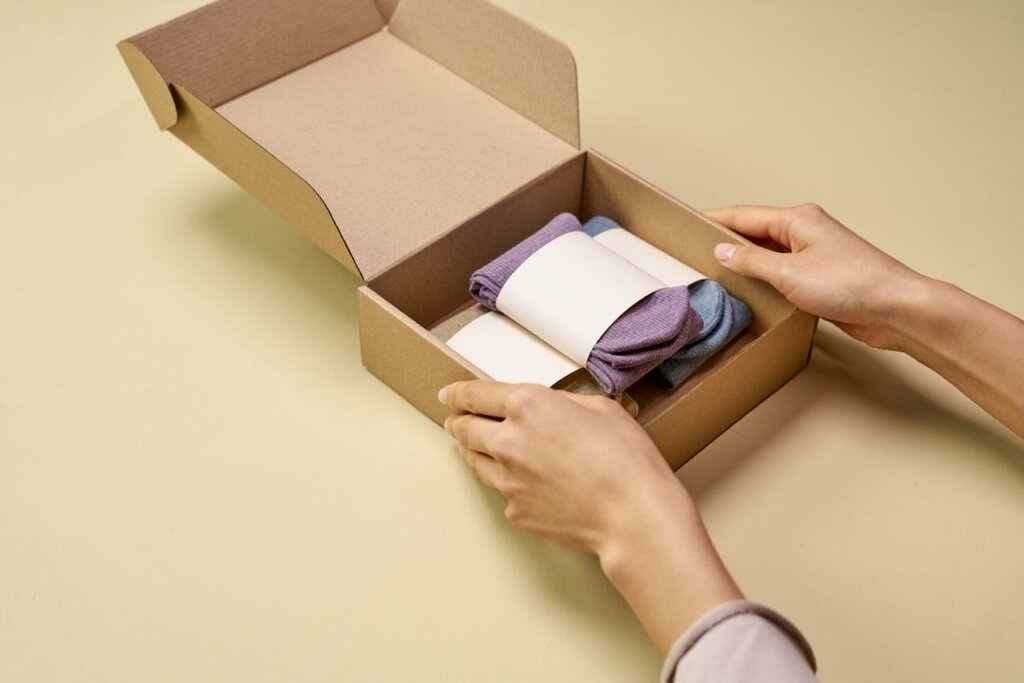
Options that can be reused, like material garment baggage or returnable packaging, boost sustainability tasks even more. By adopting these answers, garb brands can encourage a circular economy whilst meeting increasing client calls for sustainable packaging.
Minimalist & Low-Waste Design
An essential guideline for sustainable packaging is minimizing the use of unnecessary materials. This entails removing excess plastic wrappings, adopting streamlined designs, and choosing straightforward, practical packaging options.
Brands can opt for paper bands in place of poly bags, send clothing sans additional fillers, or employ recycled tissue paper for wrapping. A minimalist strategy reduces waste, lowers expenses, and ensures a refined yet environmentally-friendly appearance.
Ethical & Renewable Sourcing
Sustainability is going past packaging; it also concerns the origins of the substances. Ethical sourcing ensures that packaging materials are sourced from environmentally sustainable origins.
FSC-licensed paper, recycled cardboard, and inks derived from flowers are extraordinary selections that lessen deforestation and environmental pollutants. By emphasizing renewable assets, clothing producers can aid a healthier planet whilst bolstering their willpower to sustainability.
Top Sustainable Packaging Options for Clothing Manufacturers
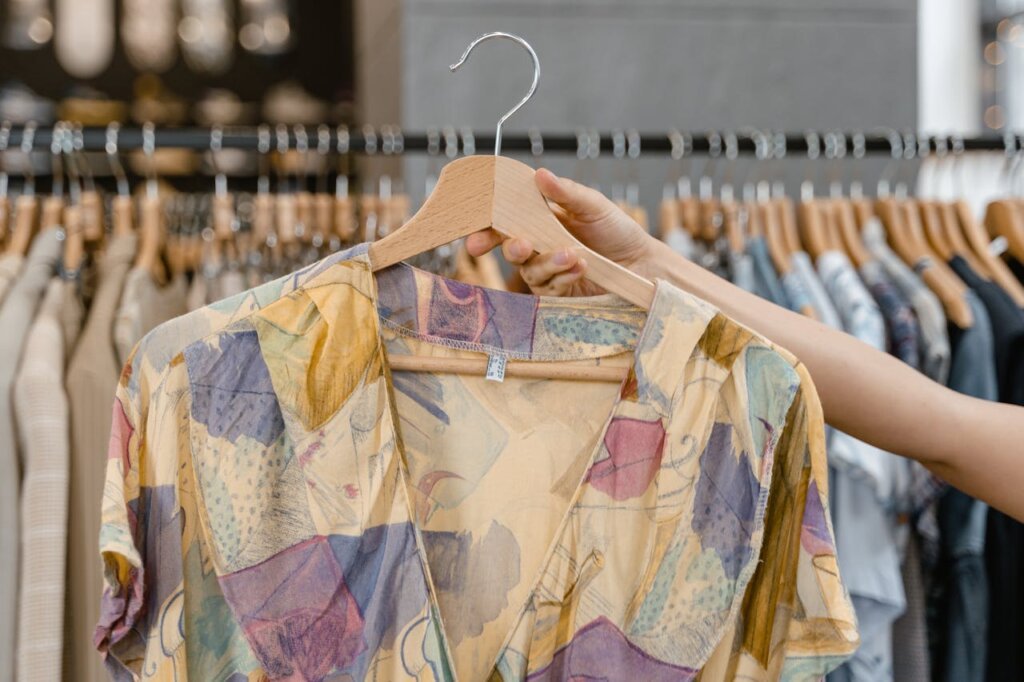
Transitioning to eco-friendly packaging for apparel doesn’t want to be tough or highly priced. Indeed, there are numerous innovative and effective techniques which could assist your business in reducing its environmental effect at the same time as retaining pleasant and capability.
Here, we’ve compiled a listing of the quality sustainable packaging alternatives best for apparel manufacturers. Every answer is crafted to reduce waste, preserve resources, and assist your brand’s sustainability targets. Let’s examine these possibilities closely!
Biodegradable Mailers and Bags
Biodegradable mailers and bags are created from plant-derived materials consisting of cornstarch or PBAT, which decompose certainly over time. In assessment of conventional plastic packaging, these sustainable alternatives are compostable, so that they won’t remain in landfills for masses of years.
By choosing biodegradable mailers, you could substantially lower plastic waste while ensuring your garb reaches its vacation spot securely. Additionally, they may be lightweight, robust, and perfect for groups aiming to express a green message.
Recycled Paper and Cardboard Packaging
Recycled paper and cardboard packaging rank a number of the most low-priced and adaptable sustainable alternatives. These substances are made out of put-up-patron waste, inclusive of used newspapers or cardboard boxes, and can be applied for numerous functions like delivery boxes, hang tags, and wrapping paper.
They are not handiest, noticeably recyclable but also provide your packaging with a country, green look that attracts environmentally conscious customers. Opting for recycled paper and cardboard enables you to complete the waste loop and promotes a round economy.
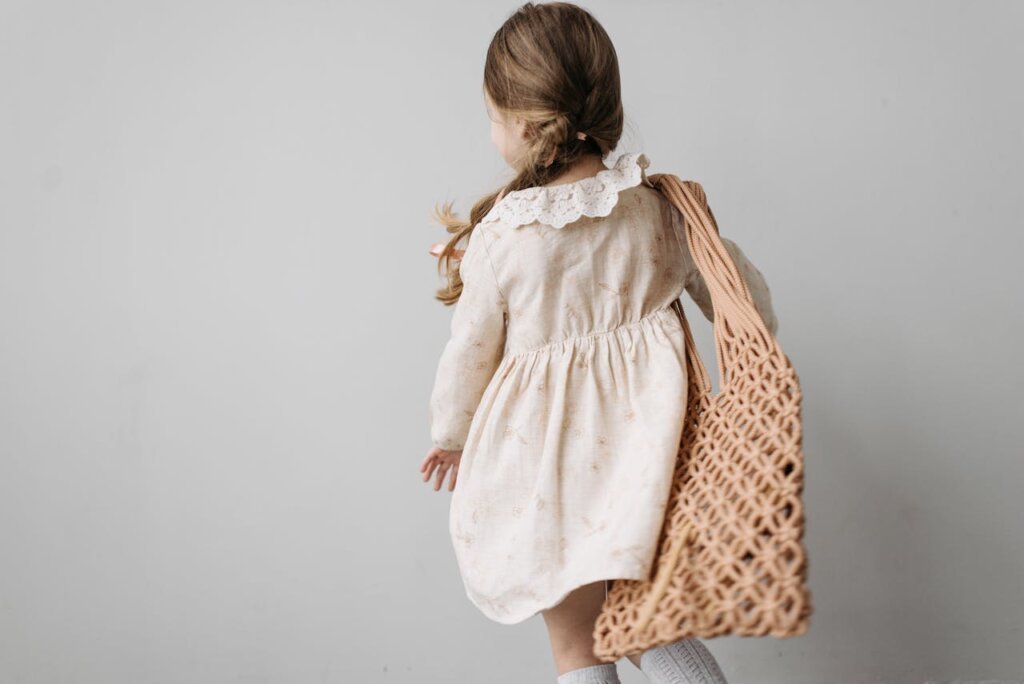
Reusable Packaging
Reusable sustainable clothing packaging focuses on promoting the idea that customers should consider uses beyond just one. Examples consist of fabric bags, tote bags, or sturdy boxes that can be reused for storage, shopping, or even as gifts.
This method not only minimizes waste but also enhances your brand by leaving a memorable impact. Picture your clients utilizing your branded tote bags for their everyday tasks—it benefits both sustainability and brand exposure!
Minimalist Packaging
Minimalist packaging aims to minimize surplus materials while ensuring your clothing remains protected. This might involve using smaller containers, removing excess layers, or choosing more straightforward designs.
The advantages are twofold: you conserve resources and lower shipping expenses, making it a sensible option for both the planet and your profits. Minimalist packaging corresponds with the contemporary consumer’s desire for neat, uncomplicated experiences.
Soy-Based or Water-Based Inks
In terms of branding and labelling, soy or water-primarily based inks function as a green choice in comparison to traditional petroleum-based total inks. These environmentally friendly inks are safe, and biodegradable, and create vibrant shades for your packaging designs.
Utilizing them allows you to make certain that your branding initiatives are just as eco-friendly as your packaging resources. It’s a minor adjustment that can significantly affect your ecological footprint.
Compostable Garment Bags
Biodegradable garment luggage is created to safeguard clothing for the duration of shipping while being environmentally pleasant. Constructed from materials consisting of PLA (polylactic acid) or various biodegradable materials, those bags decompose clearly in composting environments, resulting in no poisonous remnants.
They are perfect for luxury clothing labels that aim to preserve a top-notch unboxing experience without the burden of environmental guilt. By opting for compostable garment bags, you guarantee that your sustainable packaging for cloth is as eco-friendly as the attire within.
How Clothing Manufacturers Can Transition to Sustainable Packaging

Shifting to eco-friendly packaging for apparel might appear difficult, yet with proper measures, it can be smooth and beneficial. By assessing your existing methods, collaborating with suitable suppliers, informing your clients, and adopting a circular economy, you can create a meaningful difference. Let’s explore how you can begin this journey right now.
Evaluate Current Packaging
The initial step for attaining sustainable packaging is to understand what you’re currently utilizing. Examine your modern-day packaging resources—bins, plastic luggage, labels, and treatments—and examine their environmental results. Do they recycle, decompose, or add to waste in landfills?
Recognizing regions that need enhancement will help you organise clear objectives and prioritise adjustments. For example, shifting from plastic luggage to compostable alternatives can appreciably decrease your carbon footprint. Begin with small steps, but envision great things!
Partner with Sustainable Suppliers
After pinpointing regions that need enhancement, the subsequent step is to discover sincere providers that focus on sustainable materials. Search for suppliers that offer biodegradable mailers, recycled cardboard boxes, or inks derived from plants. Collaborating with green suppliers ensures that your packaging suits your sustainability objectives whilst upholding high quality.
Feel free to request certifications or evidence of sustainability assertions to guarantee transparency. Keep in mind that the ideal partnership can facilitate a smoother and more economical transition.
Educate Clients & Stakeholders
Your commitment to sustainable packaging will be recognized, particularly if you convey it well. Inform your clients—fashion brands and retailers—about the advantages of sustainable packaging. Discuss how it minimizes waste, attracts environmentally aware consumers, and improves brand worth.
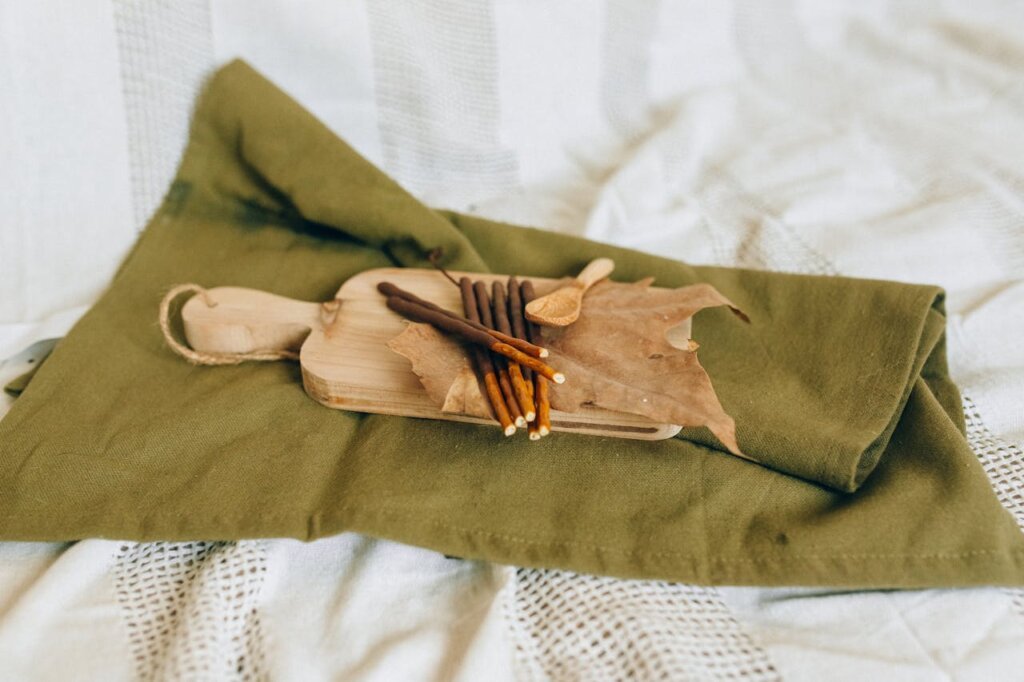
Clarity is crucial; offer detailed information on the materials utilized and their ecological advantages. Involving your clients in your sustainability efforts can strengthen your relationships and motivate them to adopt eco-friendly practices as well.
Adopt a Circular Economy Approach
A circular economy emphasizes minimizing waste through the reuse and recycling of materials. For clothing producers, this might involve establishing returnable packaging initiatives or creating packaging that consumers can reuse.
For instance, fabric bags or sturdy boxes can be utilized repeatedly, minimizing the necessity for disposable items. By embracing a circular model, you reduce waste while also establishing a distinctive selling proposition for your brand. It’s beneficial for both your business and the environment!
Drive Sustainability with Smarter Packaging Choices
Adopting packaging ideas for sustainable clothing brands isn’t merely an ecological duty; it’s also a savvy business strategy. By choosing biodegradable substances, recyclable alternatives, and simple designs, apparel makers can greatly minimize waste, improve brand trust, and satisfy changing consumer needs. Shifting to sustainable packaging demands careful planning, appropriate collaborations, and effective communication with consumers. Nevertheless, the advantages significantly surpass the effort, resulting in a more sustainable planet and a robust brand. Begin your path to sustainability now and create a lasting difference. Looking for premium sustainable custom clothing packages? Explore Ludyway Apparel’s eco-friendly options now!












